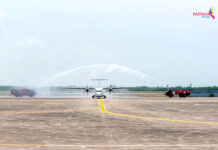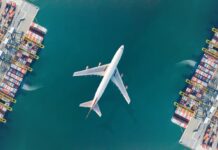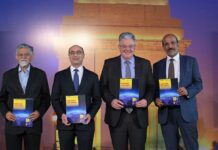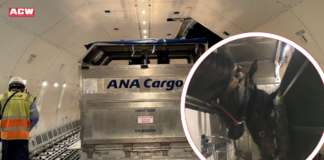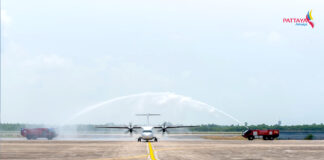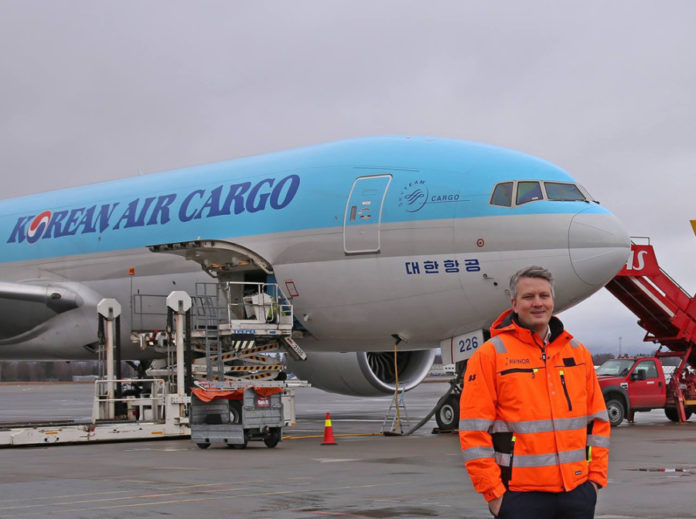

Following on from the recent substantial growth at Oslo Airport, things were slower in 2018 as capacity has been allowed to settle and a hotter summer affected the salmon harvest.
Speaking to Air Cargo Week in Oslo following the Nordic Air Cargo Symposium, Martin Langaas, director of traffic development and cargo for Norwegian airport operator Avinor explained that following 37% from 2017 to 2018, the hot summer was not good for salmon, lowering the slaughter weight meaning lower air cargo volumes. Annual growth was down to 1.4% in 2018 but 2019 should see a return to double-digit increases.
Langaas says: “This year we have a lot more carriers, Air Cargo Global has added capacity, Emirates is flying seasonally with an extra weekly rotation and CAL has increased to Tel Aviv. For this year I believe it will be somewhere around 10% growth.”
The weather will be a major factor, if it is another summer then the salmon will not grow as large. Langaas says: “We are in a beautiful position that we have growth ahead anyway but nature is controlling some of the growth.”
Avinor has been successful at getting airlines to stay, with only Cargolux suspending services. Langaas: “We have 11 new freighter airlines, 10 are still flying. There is a market for them. More or less everything we’re pitching, we’re getting because we do it in the right way and we’re honest. We don’t want the airlines to not make money, it’s a very honest process. It’s not in our interest to sell capacity we cannot fill.”
Langaas wishes he could spread out the capacity more equally. He says: “Global availability for freighters is good on Tuesdays, there is a low demand globally with salmon being a commodity that’s high density but not well paid.”
Exports are widely marketed for weekend sales in Asia, so Tuesday is the best day to be distributed and ready for the weekend. Also, they need to work around salmon processing times.
Langaas says: “There is little slaughtering of salmon at the weekend, they open the factories on Sunday evenings and Mondays so they need to process the salmon, put it onto a truck and get it to Oslo.”
WFS will build a new seafood centre at Oslo, who were chosen based on demands from customers. It is on target to open in 2021. Langaas: “Seafood exporters set the criteria. They’re still working on the details, it is taking a little more time than expected but we believe that the end result will be good for Norwegian seafood exporters.”
One issue Oslo has to contend with is the imbalance of imports and exports, with 30% for the former and 70% for the latter. Langaas says: “This is the irony because Norway has high consumption, we consume a lot of airfreight but we only have five million people. The seafood exports are huge, this gap is only going to increase.”
Langaas is satisfied there are plenty of fish in the sea, so there will be no problems with salmon exports growing in a sustainable manner. He says: “The exports of salmon have been around 1.2 million tonnes for the last five or six years. The country is divided into different zones regulated by traffic rights. If there are biological issues in one area the whole region is not allowed to grow. The government is concerned that this should be sustainable.”
Long-term, Langaas admits that 37% annual growth is not realistic but Oslo will continue to grow.
He says: “We are facilitating the capacity to our biggest trade partners, we have to get routes to places like Singapore and Hong Kong. There will be steady growth ahead, the main focus will switch away from attracting new capacity to facilitating ground infrastructure. The size of the airport is creating a hub dynamic by itself so there is not as much need to attract capacity.”


